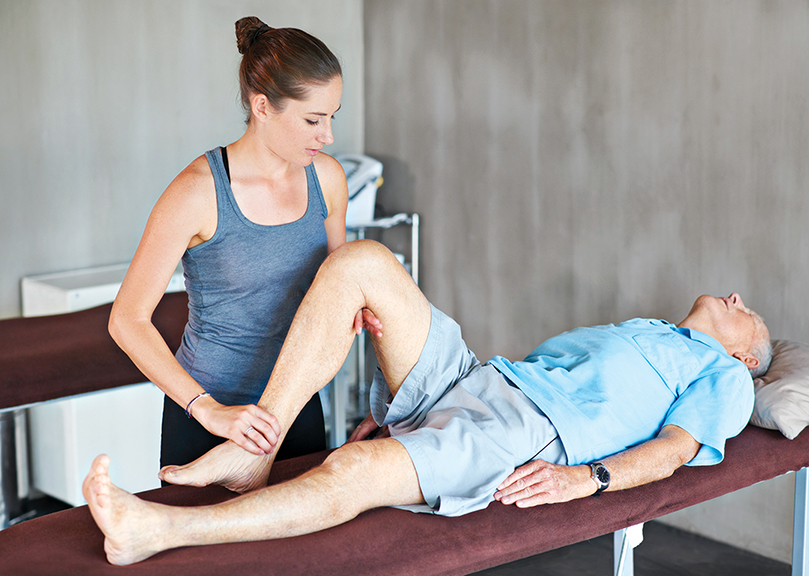Advertisement
Read this article for free:
or
Already have an account? Log in here »
To continue reading, please subscribe:
Monthly Digital Subscription
$0 for the first 4 weeks*
- Enjoy unlimited reading on winnipegfreepress.com
- Read the E-Edition, our digital replica newspaper
- Access News Break, our award-winning app
- Play interactive puzzles
*No charge for 4 weeks then price increases to the regular rate of $19.00 plus GST every four weeks. Offer available to new and qualified returning subscribers only. Cancel any time.
Monthly Digital Subscription
$4.75/week*
- Enjoy unlimited reading on winnipegfreepress.com
- Read the E-Edition, our digital replica newspaper
- Access News Break, our award-winning app
- Play interactive puzzles
*Billed as $19 plus GST every four weeks. Cancel any time.
To continue reading, please subscribe:
Add Free Press access to your Brandon Sun subscription for only an additional
$1 for the first 4 weeks*
*Your next subscription payment will increase by $1.00 and you will be charged $16.99 plus GST for four weeks. After four weeks, your payment will increase to $23.99 plus GST every four weeks.
Read unlimited articles for free today:
or
Already have an account? Log in here »
Hey there, time traveller!
This article was published 18/11/2022 (1136 days ago), so information in it may no longer be current.
Total knee and hip replacement surgeries are becoming more common in our aging population. The leading cause for needing a joint replacement is due to osteoarthritis (degeneration due to chemical and physical changes)in your hip or knee joint. Due to the COVID-19 pandemic, wait times for these surgeries have increased, leaving people struggling with how to deal and live with a painful joint. Many people in this situation may have questions about what they can do before their surgery to increase their quality of life, get stronger, have less pain and be prepared for a joint replacement. Many people think the role of physiotherapy is only for after surgery, but seeing a physiotherapist pre-operatively can have great benefit too.
What to Expect Seeing a Physiotherapist Pre-Operatively
An assessment will take place where your physiotherapist will ask numerous questions about your history of pain, your goals, and your current activity levels. Your therapist will then assess general movement which may include walking, balance, range of motion and strength. After a thorough assessment your physiotherapist can prescribe an exercise program targeted to your goals and current function. Your therapist may also educate you regarding walking aides (cane or walkers), what to expect during and after surgery, and how to transfer in and out of a bed. Physiotherapy pre-operatively can begin at anytime, whether surgery is one to two weeks away, or you have yet to receive a surgery date — it’s never too late or too early. The main goal of preoperative physiotherapy is to optimize movement and strength to help increase quality of life and promote the best outcomes post surgery.
What to Expect Seeing a Physiotherapist Post-Operatively
Physiotherapy exercises will start on the same day as surgery in the hospital and you will continue to do your home exercise program for some time after that. In the community, it is usually safe and recommended to see a physiotherapist once your staples from the incision have been removed. The physiotherapist will review your discharge exercises with you and perform an updated assessment. This assessment will include an overview of your gait (walking ability), your transferring skills (sit to stand, in and out of bed, etc) , your range of motion and your strength. The stronger you are preoperatively, the stronger your starting point and your muscle memory post operatively.
Common Questions
Many people going into a joint replacement surgery have many questions about when they’ll be able to return to certain activities, or when will they be able to walk without a gait aide. Everyone heals differently and achieves these milestones at different times. This is where your physiotherapist can help guide and motivate you, and adapt your treatment plan according to your specific needs, which are constantly changing as the healing process happens!
Kristy is a full-time physiotherapist at Prairie Trail Physiotherapy and Sports Injury Clinic. She also works casually at Concordia Hospital.

This article is produced by the Advertising Department of the Winnipeg Free Press, in collaboration with Manitoba Physiotherapy Association




